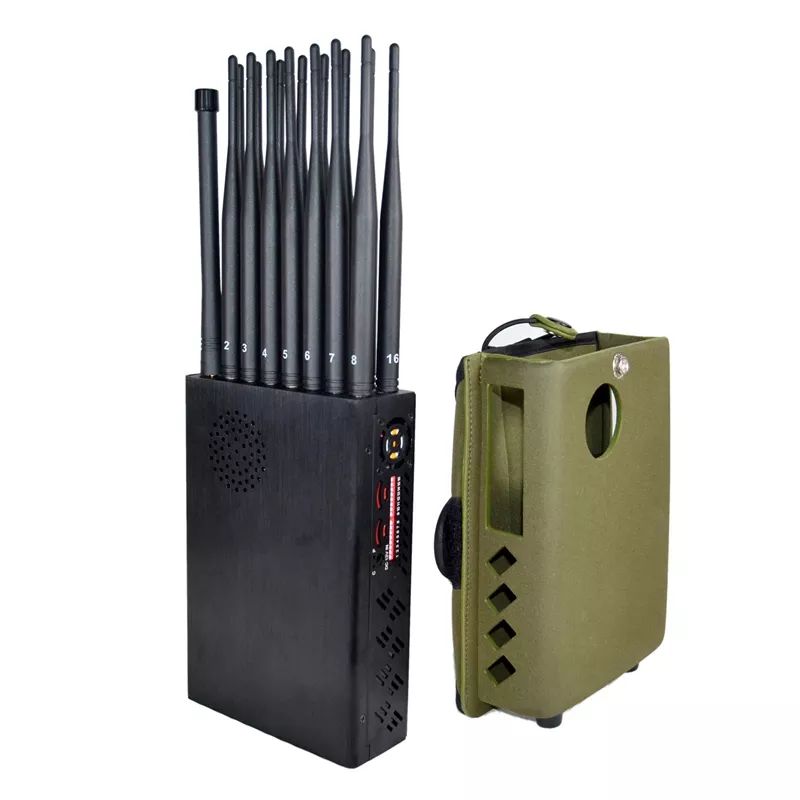 Many individuals may not understand that a computer stalker might misuse your linked devices to monitor, harass, isolate and otherwise damage you. Linked gadgets and cyber-surveillance innovation can track who remains in your home and what they are doing. Gadgets that allow you to utilize cyber-surveillance are generally connected to another information or the web network, so an abuser might hack into these system (with a computer or other innovation connected to the network) and control your devices or information. An abuser who utilizes your technology to track your actions may do so privately, or more obviously as a way to manage your behavior. An abuser may use cyber-surveillance technology to, take pictures or video of you, keep logs of your activity, that can be taken from a physical fitness tracker or your cars and truck’s GPS and expose when you leave the home.
Many individuals may not understand that a computer stalker might misuse your linked devices to monitor, harass, isolate and otherwise damage you. Linked gadgets and cyber-surveillance innovation can track who remains in your home and what they are doing. Gadgets that allow you to utilize cyber-surveillance are generally connected to another information or the web network, so an abuser might hack into these system (with a computer or other innovation connected to the network) and control your devices or information. An abuser who utilizes your technology to track your actions may do so privately, or more obviously as a way to manage your behavior. An abuser may use cyber-surveillance technology to, take pictures or video of you, keep logs of your activity, that can be taken from a physical fitness tracker or your cars and truck’s GPS and expose when you leave the home.
If you suspect that your electronic and digital gadget has been hacked and being misused, you can start to record the incidents. A technology abuse log is one method to record each occurrence. These logs can be practical in exposing patterns, figuring out next steps, and might possibly be useful in developing a case if you choose to involve the legal system.
A computer stalker and hacker can also eavesdrop on you; and acquire access to your e-mail or other accounts connected to the linked devices online. An abuser might also misuse technology that permits you to control your house in a way that causes you distress.
Additionally, a computer stalker could abuse innovation that controls your house to separate you from others by threatening visitors and obstructing physical access. An abuser could from another location control the clever locks on your home, restricting your ability to leave the home or to return to it.
Electronic and digital surveilance might even do more hazardous things when an automobile is connected and able to be managed through the Internet. Numerous more recent cars have small computer systems installed in them that permit somebody to control many of the automobiles includes from another location, such as heated seats, emergency situation braking, or remote steering innovation. An abuser might hack into the car’s system and gain access to this computer to control the speed or brakes of your cars and truck, putting you in major threat.
Without the access to your passwords, gaining control over your connected devices may require a more advanced level of knowledge about technology than many people have. Nevertheless, other details could be simpler for a non-tech-savvy abuser to gain access to. When devices are linked through an information network or the Internet, for example, an abuser may be able to log into (or hack into) that system to get information about how those gadgets were utilized, such as when you go and come from your house or where you drive your automobile.
A lot of the laws that apply to electronic and digital surveillance might apply to acts of cyber-surveillance as well, depending upon how the abuser is utilizing the linked gadgets to abuse you and the exact language of the laws in your state. For instance, if the abuser is accessing gadgets on your network to eavesdrop on your discussions, perhaps eavesdropping laws may use. In addition, an abuser who is enjoying you or tape-recording you through your devices, might be violating intrusion of personal privacy or voyeurism laws in your state. Other laws could likewise apply to a scenario where an abuser is unauthorized to access your linked devices, such as specific computer system criminal offenses laws. In addition, if the abuser is accessing your devices to engage in a course of conduct that triggers you distress or fear, then harassment or stalking laws might safeguard you from the abuser’s behavior. Whenever you have a chance, you probably would like to look at this kind of topic more in depth, by visiting this web page link allfrequencyjammer !
In order to try to utilize linked gadgets and cyber-surveillance securely, it can be practical to understand exactly how your gadgets connect to one another, what information is available from another location, and what security and privacy functions exist for your technology. For example, if a gadget begins operating in a way that you understand you are not managing, you might want to detach that gadget and/or remove it from the network to stop the activity. You may have the ability to learn more about how to detach or get rid of the device by checking out the device’s manual or talking to a customer support representative.
